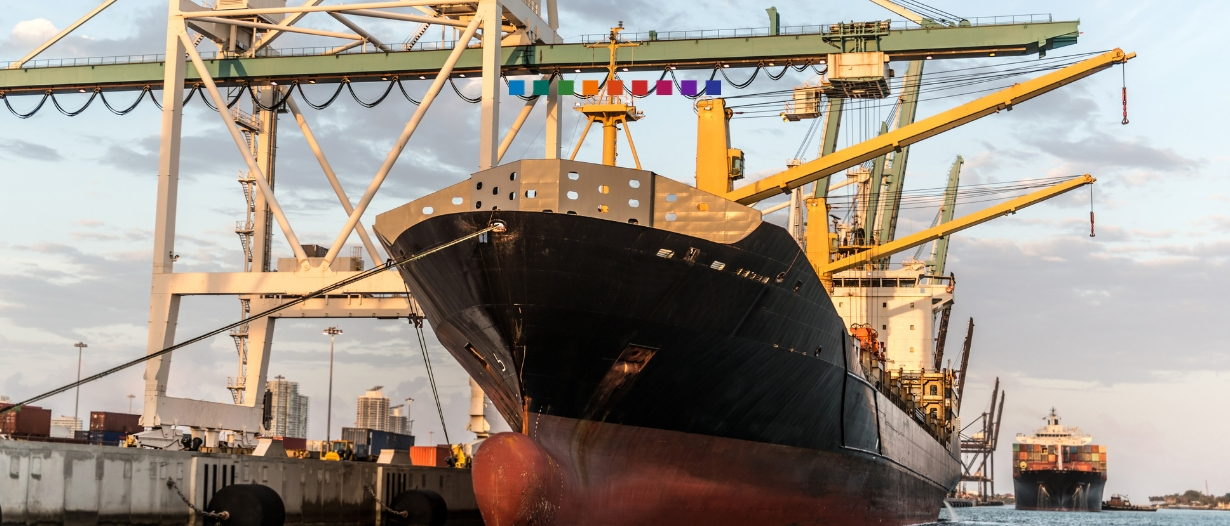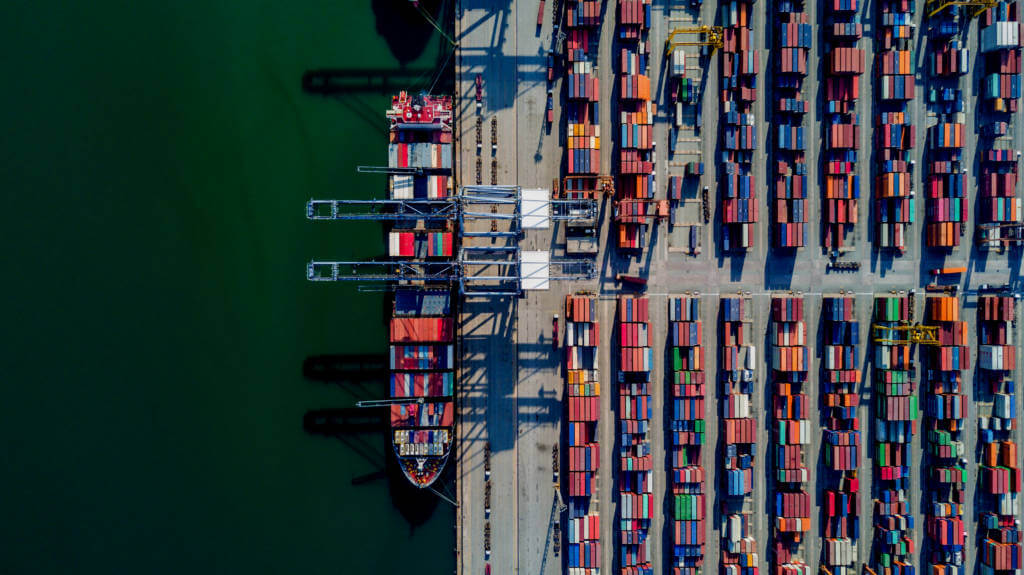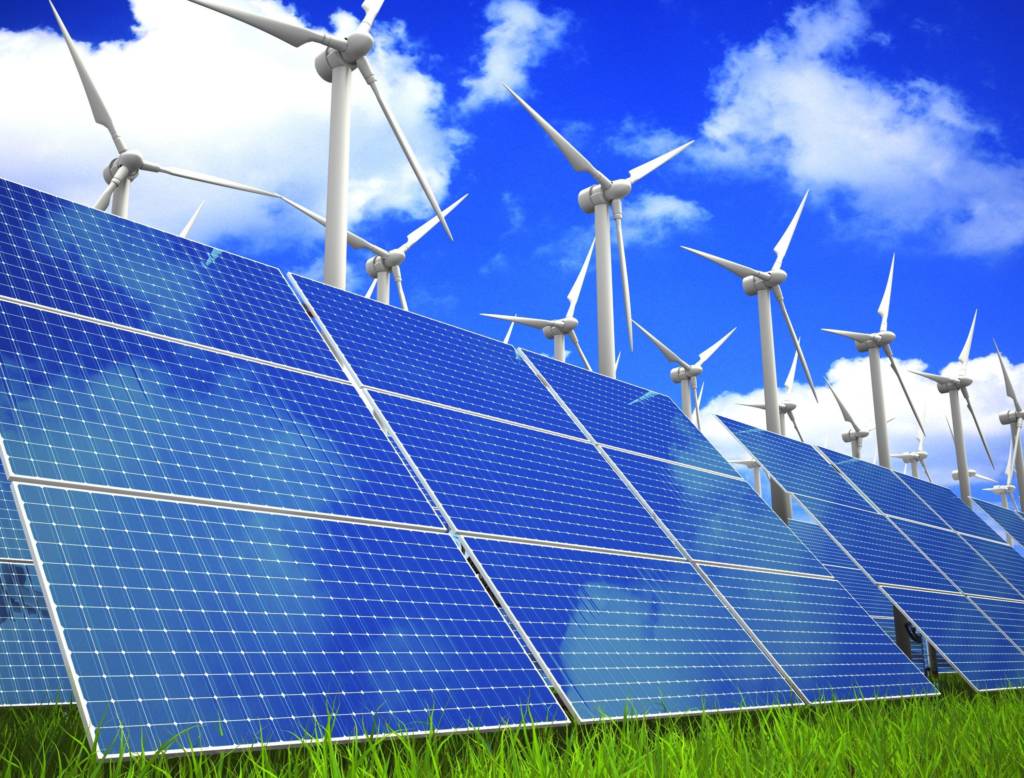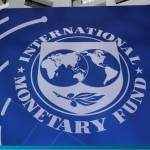The volume of space dedicated to ‘trade wars’ in the past few months is vast. But this does not guarantee the subject has been properly examined and analysed. I would like to suggest another perspective, questioning some common assumptions.
These mostly start with the view that the trade wars are down to the arrival of US President Donald Trump on the international political scene. His determination to secure the best deals for his country, particularly in relation to China is broadly perceived to have precipitated a modern trade war.
But might this not be an incorrect interpretation of a deeper and subtler fundamental underlying trend? That trend is, in the view of some economists, the end of what we have all enjoyed as a golden age of sustained economic growth through globalization.
Globalisation-driven growth might continue
Globalisation-driven growth might continue, but it will no longer drive the significant marginal gains we have to come to regard as normal. The growth of trade flows recorded over the period 2016-2018 can be seen in hindsight as the fading impact of cyclical change rather than of further globalisation itself.
We believe that the emergence of barriers to growth can be linked to a combination of several different factors that have come to play a role in international trade.
One, the side-lining of marginal gains that arise from the fragmentation of supply chains based upon the outsourcing of production to lower-cost countries. That source of globalised growth has had its day. There are no cheaper countries left that are comparable to China in terms of sheer size and capacity to drive down prices or drive up productivity still further.
Two, awareness of the above is leading to new efforts to reduce the unnecessary transportation of goods, with a particular emphasis on the return of manufacturing in countries that suffered from de-industrialisation.
Three, internet trading. Amazon, which has established an entirely new way of e-trading over the past two and a half decades or so, has set a new de facto global standard. Customers not only want their products cheap, but they also want them fast. The question then arises: how can suppliers serve these needs in an optimal way? This is likely to have an impact on the business model in favor of sourcing production more locally.
Four, the fragmentation of supply chains into small links changes the nature of supply chain financing. The more fragmented a supply chain is, the more working capital it will need. This fragmentation has been supported by the finance industry with great enthusiasm in recent years. But additional regulatory capital needs and costs incurred by growing compliance constraints have pushed banks to de-risk lending activities and allocate capital resources more prudently and profitably. As a result, the US$1.3trillion financing gap identified by the Asian Development Bank three years ago remains stubbornly open, preventing small and medium-sized companies in emerging countries from accessing the financing they need.
Five, the growing sensitivity to ecology and related issues. This is manifesting itself at (a) the customer level as a preference for eco-responsible products and trade flows, hence the preference for short-circuiting, and (b) at the corporate level in the re-localisation of sourcing to reduce the carbon footprints of their products.
Challenges and opportunities: from liquidity to technology
Challenges famously, of course, give rise to opportunities. Banking opportunities will be generated by the new focus on revitalising regional and local markets as trade flows shift. In Europe, we are concentrating gain on the financing of intra-Europe trade for which it has been essential to find new solutions, such as we.trade distributed ledger technology platform. Societe Generale is one of 13 banks in the trade finance universe operating the only functioning DLT platform. And it has been transacting real deals with real corporate clients since April 2019. Intra-Africa trade is another new market we are looking forward to nurturing. Local banks with a focus on intra-African trade are blazing a rail.
At the same time, it is worth exploring the new corridors emerging in today’s disrupted trade environment. Vietnam and Thailand will likely benefit from shifting trade flows. In Africa, Ethiopia, and more generally East Africa, are seen as the next frontier for sourcing cheap consumer goods for the European market.
A third new opportunity lies in the development of ‘green’ finance. Green energy projects (solar, wind, bio-mass, inter alia) are thriving across the world, requiring financial support. On the other hand, more actors in the economy, in the shipping industry (both commercial and recreational) for example, are growing their eco-awareness, which the banks are also eager to support through tailor-made financing.
A fourth is linked to the allocation of capital, in respect of which we have seen the development of various market platforms aiming at industrialising and streamlining invoice discounting processes. We see the standardisation of documents in invoice discounting as being one of the major challenges facing the international trade finance market over the next few years.
The final goal is to enable third-party investors to participate in a potentially huge market. They are currently being deterred from doing so by a lack of standardisation of documentation, commercial market practices and other key elements, including the lack of a reliable credit rating system. Intelligent change in these areas will assist in closing the financing gap.
A FUNDAMENTAL CHANGE
The global trade war is hurting all the countries involved in a sudden and brutal way, but it only signals the more fundamental changes that are taking place in the global economy. In this changing world, we have to think ahead about how to adapt to our clients’ new needs and our stakeholders’ expectations. Opportunities are there if we want to see them.



































